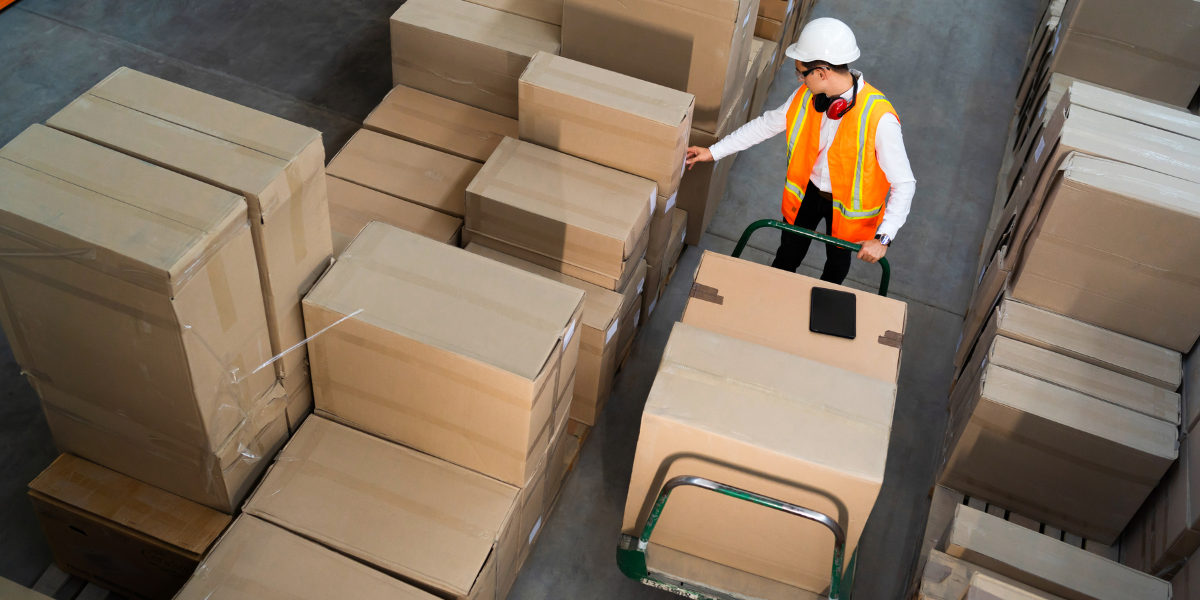
What Is a Bonded Carrier? Understanding the Rules, Responsibilities, and Risks
In international logistics, moving freight across borders comes with extra layers—legal, financial, and operational. One of the most important tools in that process is a bonded carrier.
At JA Group, we help shippers all over the Midwest confidently move freight globally. And when it comes to imports or exports that touch U.S. Customs territory, bonded carriers are essential to getting it done right.
So, What Is a Bonded Carrier?
A bonded carrier is a transportation provider authorized by U.S. Customs and Border Protection (CBP) to move freight that hasn’t been formally cleared through Customs. That means they can legally haul goods under bond from a port of entry to another Customs-approved site, such as a bonded warehouse, FTZ, or another port.
Why does that matter? Because it gives your freight room to move—even if the paperwork isn’t finished yet.
When You Need One
You need a bonded carrier if your shipment is:
- Moving between ports of entry within the U.S.
- Being transferred to a bonded facility for inspection, storage, or distribution
- Entering under a Temporary Importation Bond (TIB), or awaiting duty payment
Bonded carriers also step in when you’re re-exporting cargo, consolidating shipments for clearance, or navigating in-transit cross-border moves from Canada or Mexico.
What’s at Stake?
Using the wrong carrier—or skipping the bond entirely—can result in penalties, delays, and even the seizure of goods. Bonded freight is under the legal eye of CBP, which means strict rules on where it goes, who moves it, and when.
That’s why bonded carriers must be licensed, insured, and experienced. And it’s why working with a forwarder like JA Group, who understands the route and the red tape, saves you time, risk, and paperwork headaches.
If you’re shipping internationally or need support with in-bond moves, we’ll help you build a plan that keeps your freight legal, secure, and moving forward.
